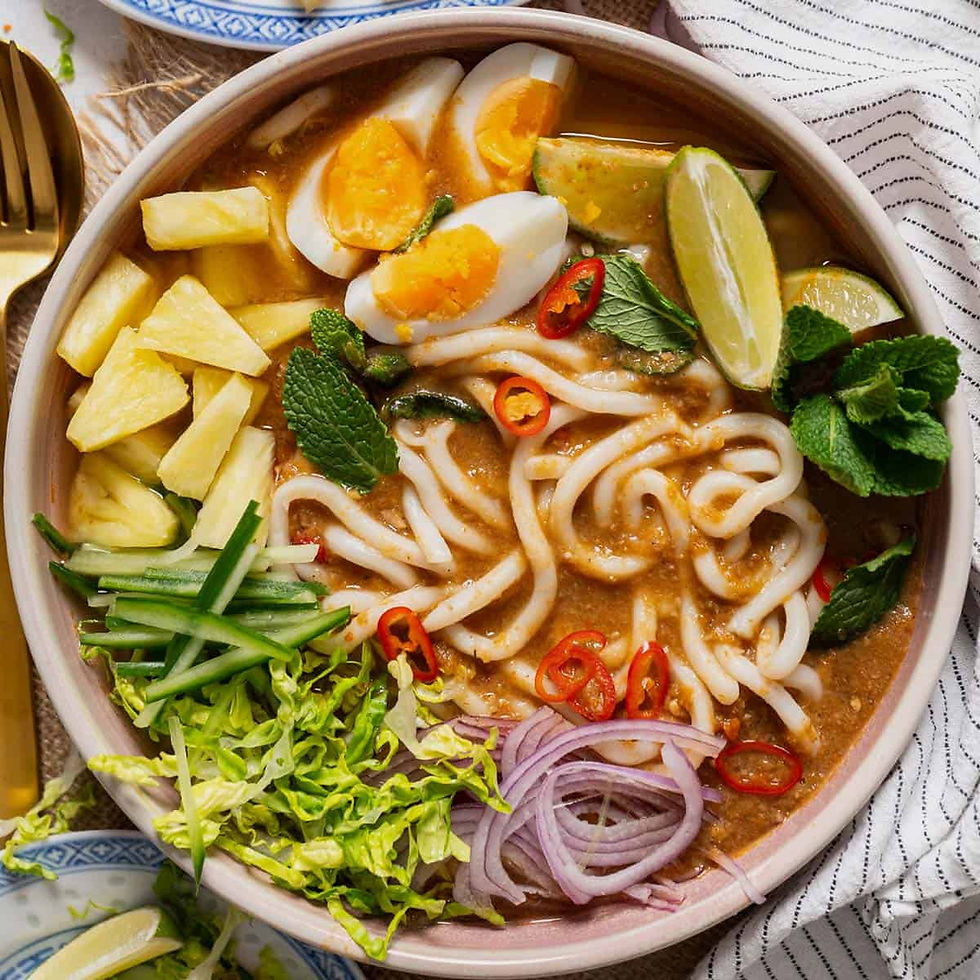Exploring Santiago de Compostela with Pulpo a la Gallega
- Halil Gecgel
- Sep 1, 2024
- 3 min read

Pulpo a la Gallega
Santiago de Compostela, the final destination of the legendary Camino de Santiago, is not just a city rich in history and spiritual significance; it is also a culinary haven. Nestled in the heart of Galicia, this city offers a unique blend of culture, tradition, and gastronomy. Among its many delicacies, one dish stands out: Pulpo a la Gallega.
Ingredients and How to Make Pulpo a la Gallega
Pulpo a la Gallega, or Galician-style octopus, is a simple yet flavorful dish that has become synonymous with Galician cuisine. Here’s what you’ll need to make it:
Ingredients:
1 whole octopus (around 2 kg)
4-5 medium-sized potatoes
Coarse sea salt
Sweet paprika (Pimentón de la Vera)
Olive oil
Bay leaves (optional)
Instructions:
Preparing the Octopus:
Clean the octopus thoroughly, removing the beak and eyes.
To tenderize the octopus, it’s traditionally recommended to freeze it overnight if it’s fresh.
Bring a large pot of water to a boil, adding a pinch of salt and bay leaves if desired.
Dip the octopus in and out of the boiling water three times before fully submerging it. This helps the tentacles curl beautifully.
Let it cook for 40-50 minutes, until the octopus is tender when pierced with a fork.
Cooking the Potatoes:
While the octopus is cooking, peel and slice the potatoes into thick rounds.
Boil the potatoes in salted water until tender, then drain and set aside.
Serving:
Once the octopus is cooked, remove it from the water and allow it to cool slightly.
Cut the octopus into bite-sized pieces, particularly the tentacles.
Arrange the potato slices on a serving plate, top with the octopus pieces, and drizzle generously with olive oil.
Sprinkle coarse sea salt and sweet paprika over the dish.
Serve warm, perhaps with a glass of Galician Albariño wine.
Nutrition Facts
Pulpo a la Gallega is not just delicious; it’s also a healthy option. Here’s a quick look at its nutritional profile:
Calories: Approximately 250 per serving
Protein: High in protein, with around 30g per serving
Fat: Low in fat, particularly saturated fat, thanks to the use of olive oil
Carbohydrates: Moderate, mainly from the potatoes
Omega-3 Fatty Acids: Octopus is a great source of these heart-healthy fats
Vitamins & Minerals: Rich in vitamins B12 and B6, as well as iron and selenium
Historical Significance of Pulpo a la Gallega
The origins of Pulpo a la Gallega are deeply rooted in the history of Galicia. Traditionally, octopus was a staple food in coastal regions, where it was plentiful. The dish is often associated with fairs and festivals, particularly the Feria de San Froilán in Lugo, where it is a star attraction. Over the years, it has become a symbol of Galician hospitality and culture, served in traditional pulperías (octopus eateries) and taverns across the region.
Travel Hacks for Santiago de Compostela
Visiting Santiago de Compostela is an unforgettable experience. Here are some travel tips to make the most of your trip:
When to Visit: The best time to visit is in late spring (May-June) or early autumn (September-October) to avoid the summer crowds and enjoy pleasant weather.
Getting There: Santiago de Compostela is well-connected by train, bus, and air. The Santiago-Rosalía de Castro Airport offers flights to major European cities.
Where to Stay: Consider staying in the historic Parador de Santiago - Hostal dos Reis Católicos, one of the oldest hotels in the world, offering a luxurious stay in a historic setting.
What to Pack: Comfortable walking shoes are a must, especially if you plan to explore the city on foot or embark on a section of the Camino.
Local Etiquette: When dining, remember that tipping is appreciated but not mandatory in Spain. A small amount, typically rounding up the bill, is sufficient.
What Else to Eat in Santiago de Compostela
In addition to Pulpo a la Gallega, Santiago de Compostela offers a variety of culinary delights:
Tarta de Santiago: A traditional almond cake dusted with powdered sugar and marked with the cross of Saint James.
Empanada Gallega: A savory pie filled with fish, meat, or vegetables, encased in a rich pastry crust.
Pimientos de Padrón: Small green peppers, typically fried and sprinkled with sea salt. Beware, some are spicy!
Next Culinary Adventure: Bacalhau à Brás in Lisbon
For our next journey, we’ll head south to Portugal’s vibrant capital, Lisbon, where we’ll explore the iconic dish Bacalhau à Brás. This dish, made with salt cod, potatoes, and onions, is a beloved staple in Portuguese cuisine. Stay tuned as we dive into the history, preparation, and cultural significance of this Lisbon classic.
Santiago de Compostela, with its rich history, stunning architecture, and flavorful cuisine, offers a truly immersive travel experience. As we move from the Galician coast to the heart of Portugal, our culinary adventure continues, connecting the dots between history, culture, and food across the Iberian Peninsula.




Comentarios